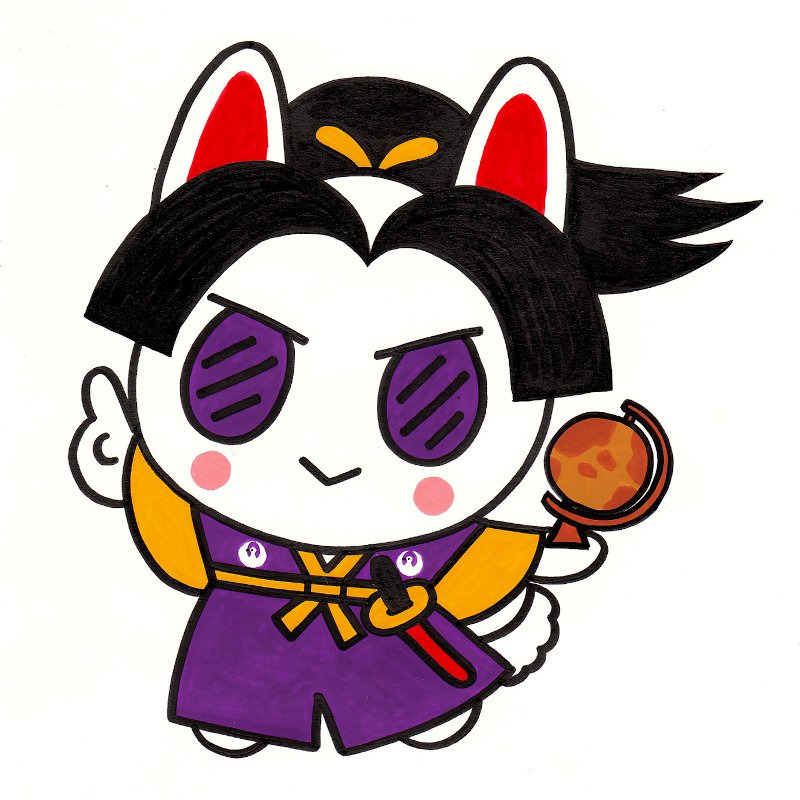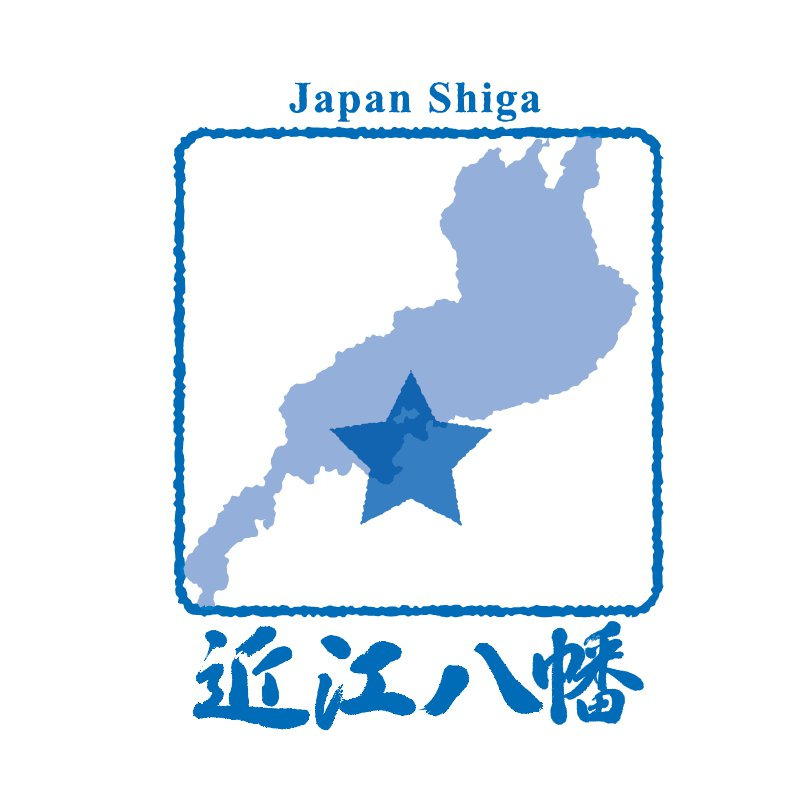Introduction to Omihachiman



Omihachiman is a small city in Shiga Prefecture on the southeastern shore of Lake Biwa, around 40 minutes by train from Kyoto. It was established as a castle town in the late sixteenth century and flourished as a commercial hub until the early twentieth century. The atmosphere of this prosperous period is preserved in the compact historic district of the town, where traditional merchants’ residences and storehouses line the streets. Omihachiman is also noted for its twentieth-century architecture through the work of William Merrell Vories (1880–1964), an American-born architect and missionary who lived and worked in the city for the greater part of his life. Local residents take an active role in protecting and celebrating the city’s cultural heritage.
Prosperity through commerce
The city takes its name from Hachiman, the guardian deity of the warrior class. However, although Omihachiman was founded by samurai, it was through the more peaceful pursuit of commerce that the town end
Omihachiman traces its founding to 1585, when Toyotomi Hidetsugu (1568–1595) built a fortress on Hachimanyama, the mountain that rises to the north of the town. Hidetsugu was the nephew of the warlord Toyotomi Hideyoshi (1537–1598). Hideyoshi had been the righthand man of Oda Nobunaga (1534–1582), the most powerful warlord in Japan who had established his base of power at Azuchi, a castle and town in Omi Province (present-day Shiga Prefecture), in 1576. After Nobunaga was killed in 1582, Azuchi was abandoned, and Hideyoshi set out to realize his former lord’s dream of unifying the country.
In 1592, Hideyoshi adopted Hidetsugu as heir to the Toyotomi family and titles. Hideyoshi ordered Hidetsugu to build Hachimanyama Castle as a base of power for the Toyotomi family in Omi. On his uncle’s orders, Hidetsugu also developed the town of Hachiman (now Omihachiman) below the castle and established it as a commercial hub. He invited merchants from nearby Azuchi and elsewhere to live in the town and made it a tax- and toll-free zone that was free from regulation and the influence of trading guilds. He ordered the digging of the Hachimanbori Moat, which served both as protection for the castle and as a canal for transporting goods between the town and other areas via Lake Biwa.
Hidetsugu’s status as heir of the Toyotomi family, however, did not last. In 1593, Hideyoshi had a natural son and his trust in his nephew faded. Two years later, Hidetsugu was disgraced and forced to take his own life, and Hachimanyama Castle was abandoned. The town of Hachiman, however, continued to prosper and became an important center of trade and commerce. This was in large part due to its advantageous geographical location on Lake Biwa and near the Nakasendo, one of the two main roads that connected Kyoto with Edo (now Tokyo). Merchants from Hachiman traveled across the country, initially selling local wares such as mosquito nets, tatami surface matting, and hemp cloth products. They established trading networks in major cities and were flexible in adjusting their practices and inventories to changes in demand, trends, and social circumstances. The wealth they amassed is reflected in the fine houses that stand along Shinmachi and Nagaharacho Streets in the old town. One of these residences, the Former Nishikawa Riemon House on Shinmachi Street, has been converted into a museum displaying the lifestyle and legacy of the Hachiman merchants, who built up a reputation throughout the country for their diligence, honesty, and social contributions.
A man with a mission
In the twentieth century, the values of the Hachiman merchants were carried on by William Merrell Vories, whose public-spiritedness is fondly remembered in Omihachiman. Vories arrived in the city to teach English at a local high school while seeking to preach the message of Christianity, but to fund his missionary activity he expanded into fields such as architecture, publishing, and sale of medicines. He established a number of business enterprises, schools, and medical facilities in the town, building enduring ties with the local people. In 1958, he was made the city’s first honorary citizen, and many of the companies and organizations he founded continue his work to this day. Several buildings designed by Vories are located in the historic district, including the Old Hachiman Post Office, the Western-style residences in Ikedamachi, and Vories Memorial Hall, formerly the home of Vories and his wife and now a museum dedicated to his life and work.
Protecting a legacy
The historic townscape and traditional culture of Omihachiman have endured into the present through the tenacious preservation efforts of local residents. By the mid-twentieth century, the Hachimanbori Moat was no longer being used as a canal and had become dilapidated. The city drew up a plan to fill in the overgrown and foul-smelling waterway, but local volunteers responded by launching a campaign for the moat’s preservation, and spearheaded cleanup activities that continue today. Both banks of the moat are now part of the Omihachiman Important Preservation District for Groups of Traditional Buildings along with Shinmachi and Nagaharacho Streets. When the Old Hachiman Post Office had fallen into disrepair, concerned citizens founded a nonprofit organization to renovate and preserve the building, turning it into a gallery and event space open to the public. Residents have also worked together consistently with the local government to protect the ecosystem of the wetlands north of the city proper, a distinctive landscape of reedbeds and marshes that has played a prominent role in Omihachiman’s history. The wetlands were named Japan’s first Important Cultural Landscape in 2005. Boat tours allow visitors to explore this corner of the Lake Biwa shore.
Possibly the most significant display of Omihachiman’s cultural heritage is the Sagicho Festival in March. Every year, local residents work together to build and decorate elaborate floats, which are paraded through the town over two days. They are then burned as an offering to the city’s guardian deity in a ceremony at Himure Hachimangu Shrine. The festival has been celebrated since the sixteenth century and remains a passionate expression of residents’ pride in their history and traditions.